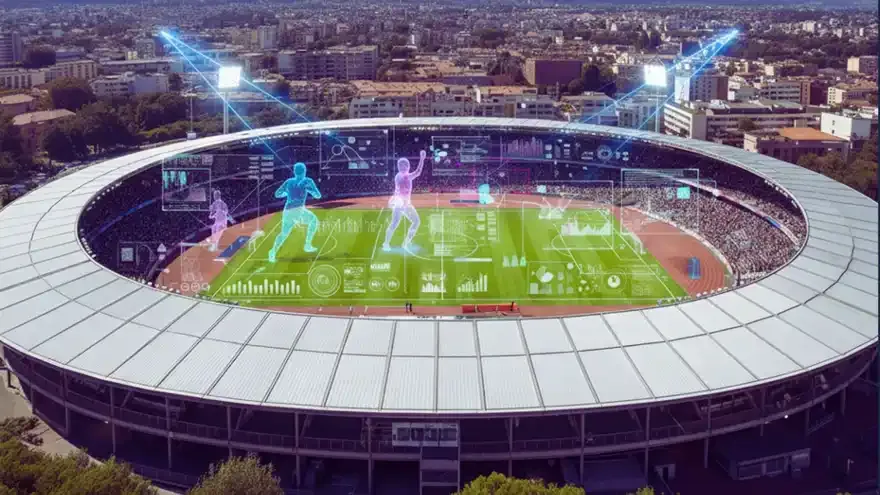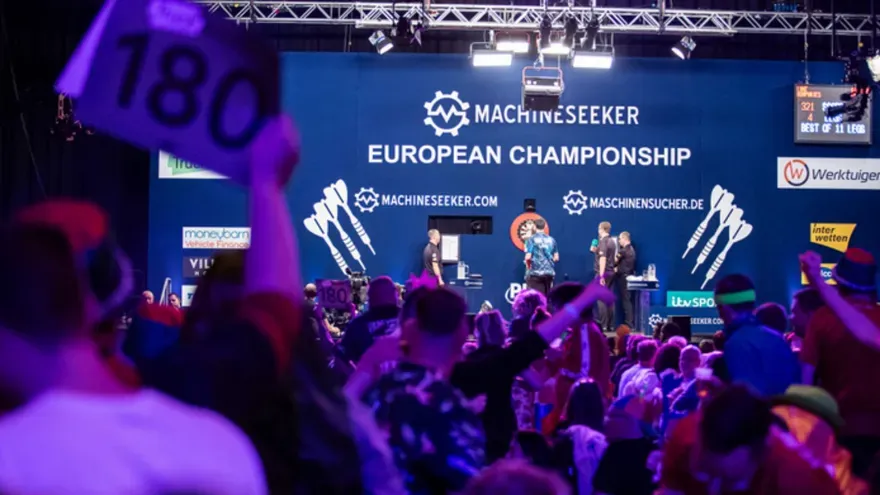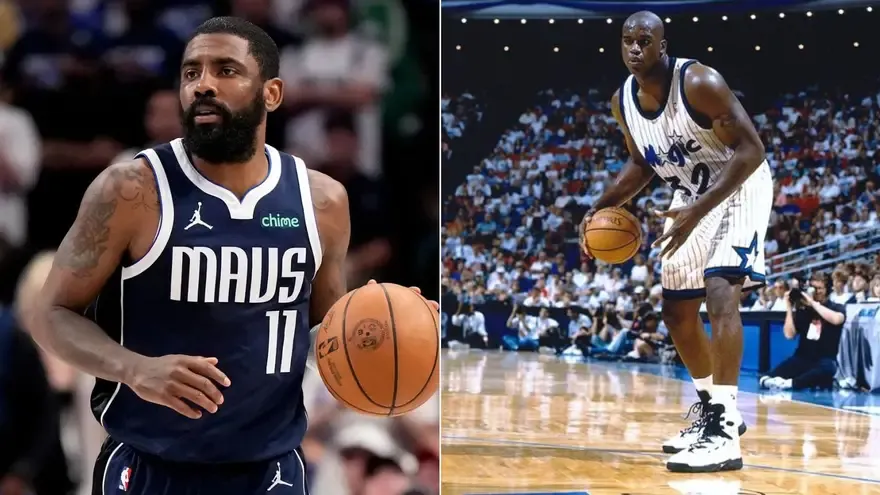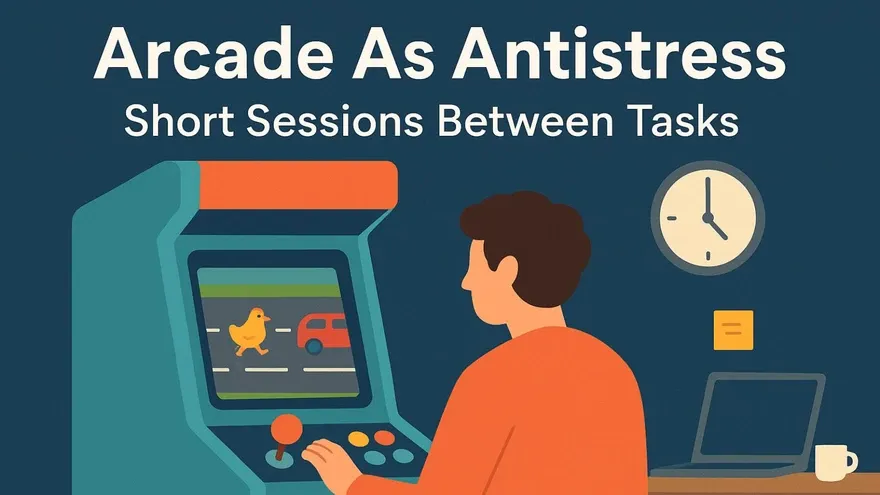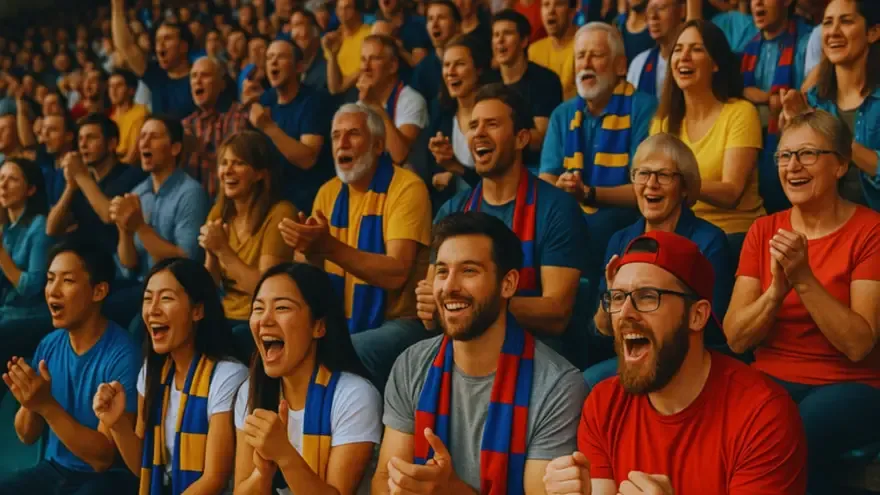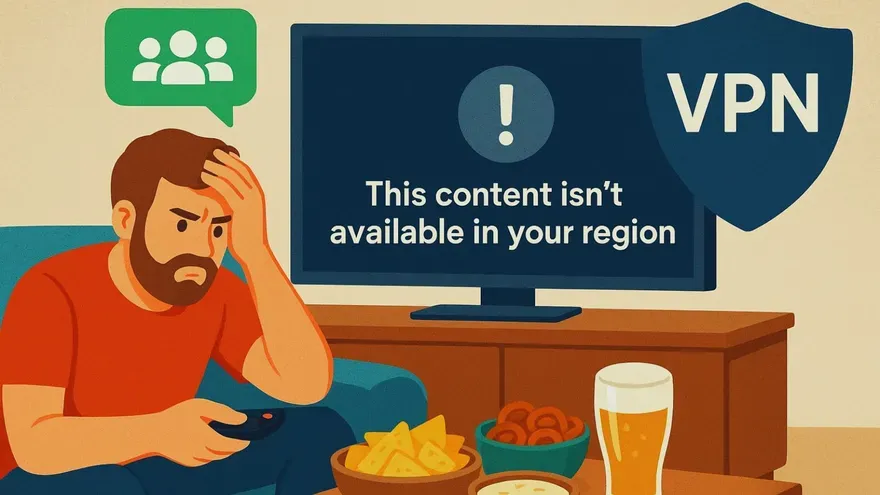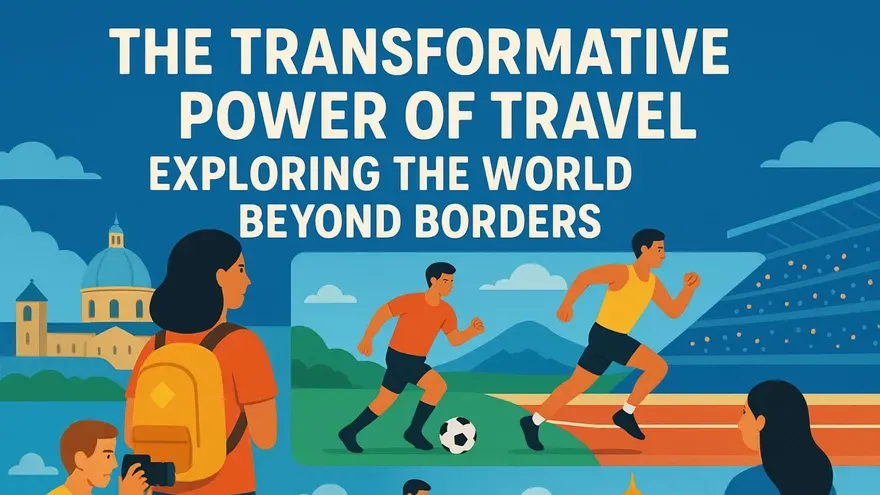It is impossible to fully understand contemporary society and culture without acknowledging the place of sport. We inhabit a world in which sport is an international phenomenon, it is important for politicians and world leaders to be associated with sports personalities; it contributes to the economy, some of the most visible international spectacles are associated with sporting events; it is part of the social and cultural fabric of different localities, regions, and nations, its transformative potential is evident in some of the poorest areas of the world; it is important to the television and film industry, the tourist industry; and it is regularly associated with social problems and issues such as crime, health, violence, social division, labor migration, economic and social regeneration, and poverty.

In Image: Indian Sports Fans
Culture and sport:
This mainly refers to the values, ceremonies, and way of life characteristic of a given group and the place of sport within that way of life. Like the concept of society, the notion of culture is widely used in the sociological, anthropological and historical study of sport. It encourages the researcher and student to consider the meanings, symbols, rituals and power relations at play within any particular cultural setting. The notion of culture may be operationalized at a national, local or comparative level. Consequently, examples at this level of analysis may include the place of sport within Irish or Kenyan culture; the meaning of the Tour de France to the French or Sumo wrestling to the Japanese ( from being a national sports with a spiritual background to being a popular betting event on a local bookmaker ); or, as in Clifford Gertz’s classic study, the meaning of cock-fighting in Balinese culture; or the extent to which sport in South Africa during the apartheid era actively challenged the dominant definition of sport through politicizing and empowering the idea that one cannot have a normal sport in an abnormal society; or by examining the extent to which certain representations of culture within the media or readings of cultural texts by audiences reinforce certain cultural messages or meanings about sport.
The Nation:
The role of sport in the making of nations is one of the most discussed areas in sport, culture, and society. The precise nature of nations and nation-states varies, as do the forms of nationalism that are often associated with different sports. The extent to which we understand fully the complex ways in which sport contributes to national identity, civic and ethnic nationalism and internationalism remain an open question. In order to understand sportfully students and others need to comprehend processes and patterns of national and international change in sport as well as the distinct content of national sports policies or the criteria for selection to national teams. At its most celebrated the relationship between sport and the nation is illustrated at one level by the relationship between events, such as the Tour de France and France, the All Ireland hurling final and Ireland, cricket in India or England, and at another level by national world leaders, such as Nelson Mandela who has commented upon sport’s role in the building of a newly post-apartheid South Africa.

Neighborhood and Community sport:
The neighborhood geographically has been the area around one’s home and usually displays some degree of homogeneity in terms of housing type, ethnicity or socio-cultural values. The term ‘neighborhood’ is closely associated with a particular, although not the sole, definition of community. Neighborhoods usually display strong allegiances to the local sports teams, provide a focus for intergenerational discussions about ‘golden sporting eras’ and provide a basis for the development of community solidarity, but also rivalry, with other neighborhoods or communities.
Metcalfe’s (1996:16) study of the mining communities in the northeast of England identifies factors that have impinged upon neighborhood or community sport, such as population stability and the physical layout of the community, town or village. The term ‘community’ has tended to denote a social group that is usually identified in terms of a common habitat, common interest and a degree of social cooperation, but it can also in an applied sense refer to a community of sportspeople, artists, and students as well as the international or national community. As a term, it has been historically associated with the German Gemeinschaft. More recently it has been suggested that within left-wing discourses it has become more popular in the twenty-first century than the term social class that used to be the ‘holy grail’ of various labor movements. The challenge over the use of such concepts as community and neighborhood is whether they can be resurrected in new ways, in new shapes or in new incarnations to help make sense of the world and sport today.
References: Book by Grant Jarvie "Sport, Culture and Society"

